
- Inspiring People -
- 4mins -
- 322 views
Fab fact: Europe’s forests are flourishing!
Around the world forests are shrinking, but in the last 25 years the area covered by forests and woodlands in Europe increased by 90,000 square kilometres — that’s an area about the size of Portugal!
Large areas of Europe are seeing a forest boom
Around the world, forests are shrinking due to deforestation, urban development and climate change, but in Europe that trend has been reversed – reports the World Economic Forum.
Large areas of the continent have seen a forest boom that means today more than two-fifths of Europe is tree-covered. Between 1990 and 2015, the area covered by forests and woodlands increased by 90,000 square kilometres – an area roughly the size of Portugal.
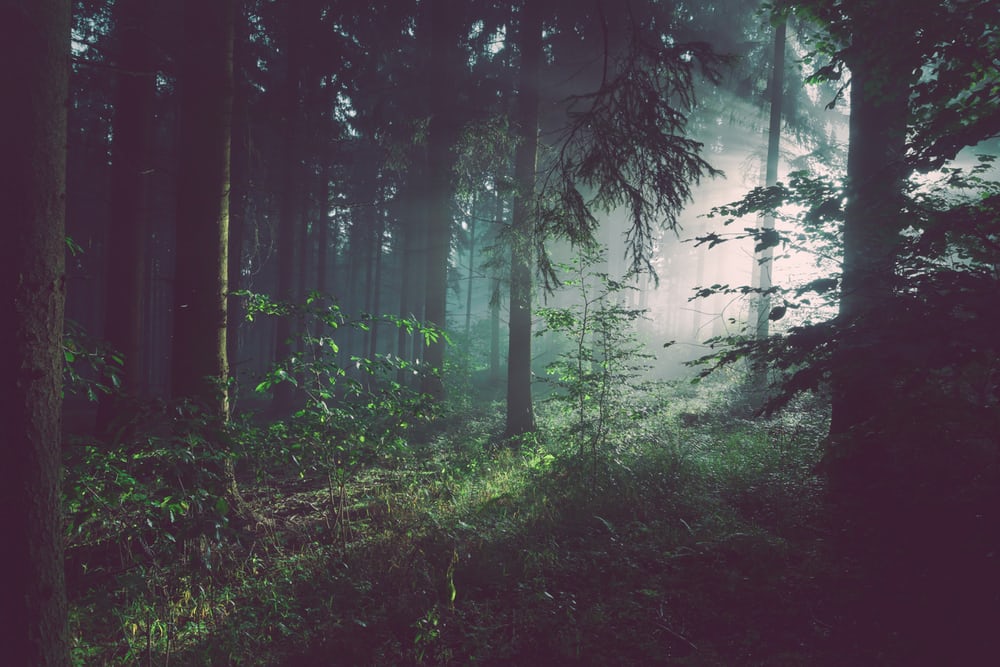
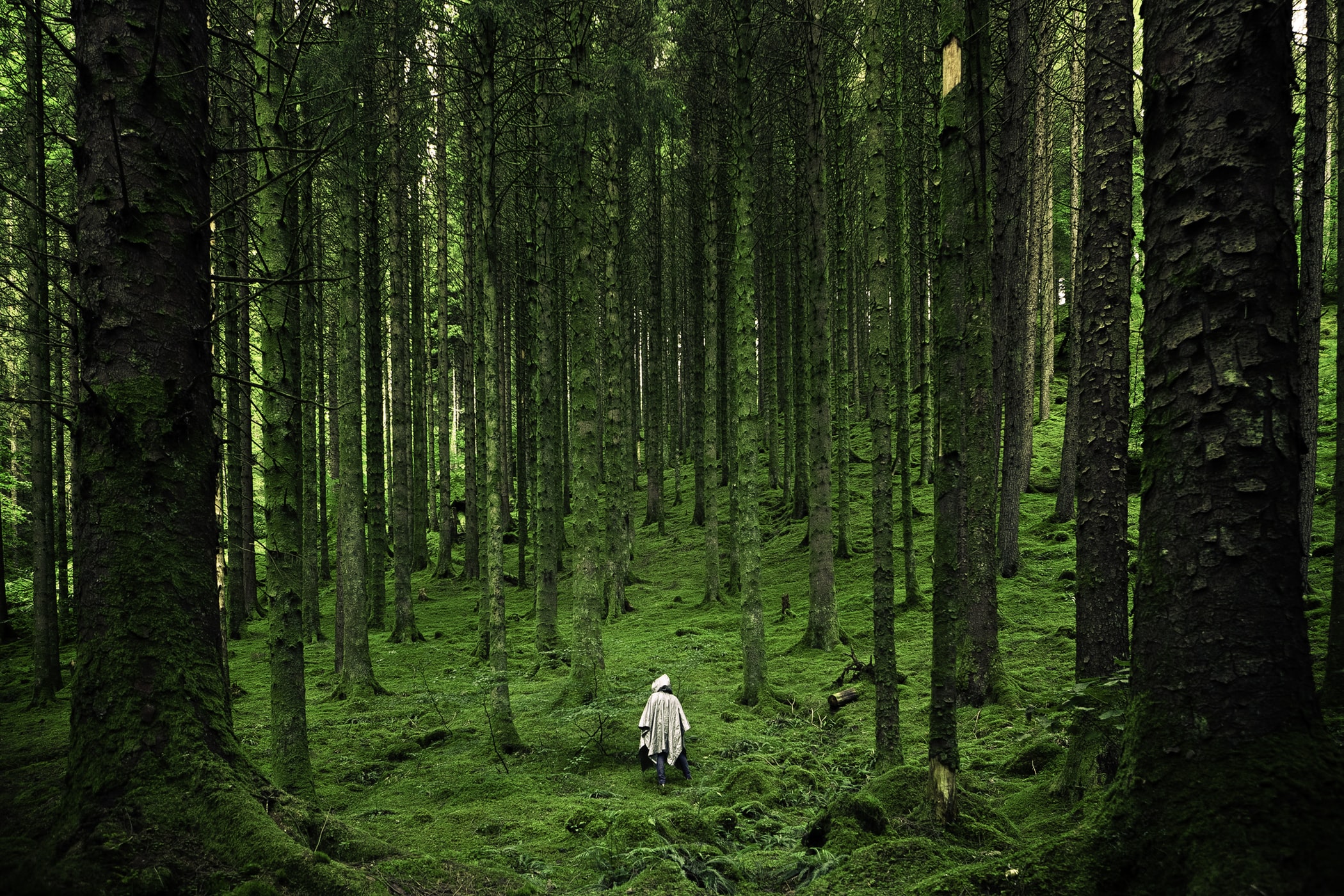
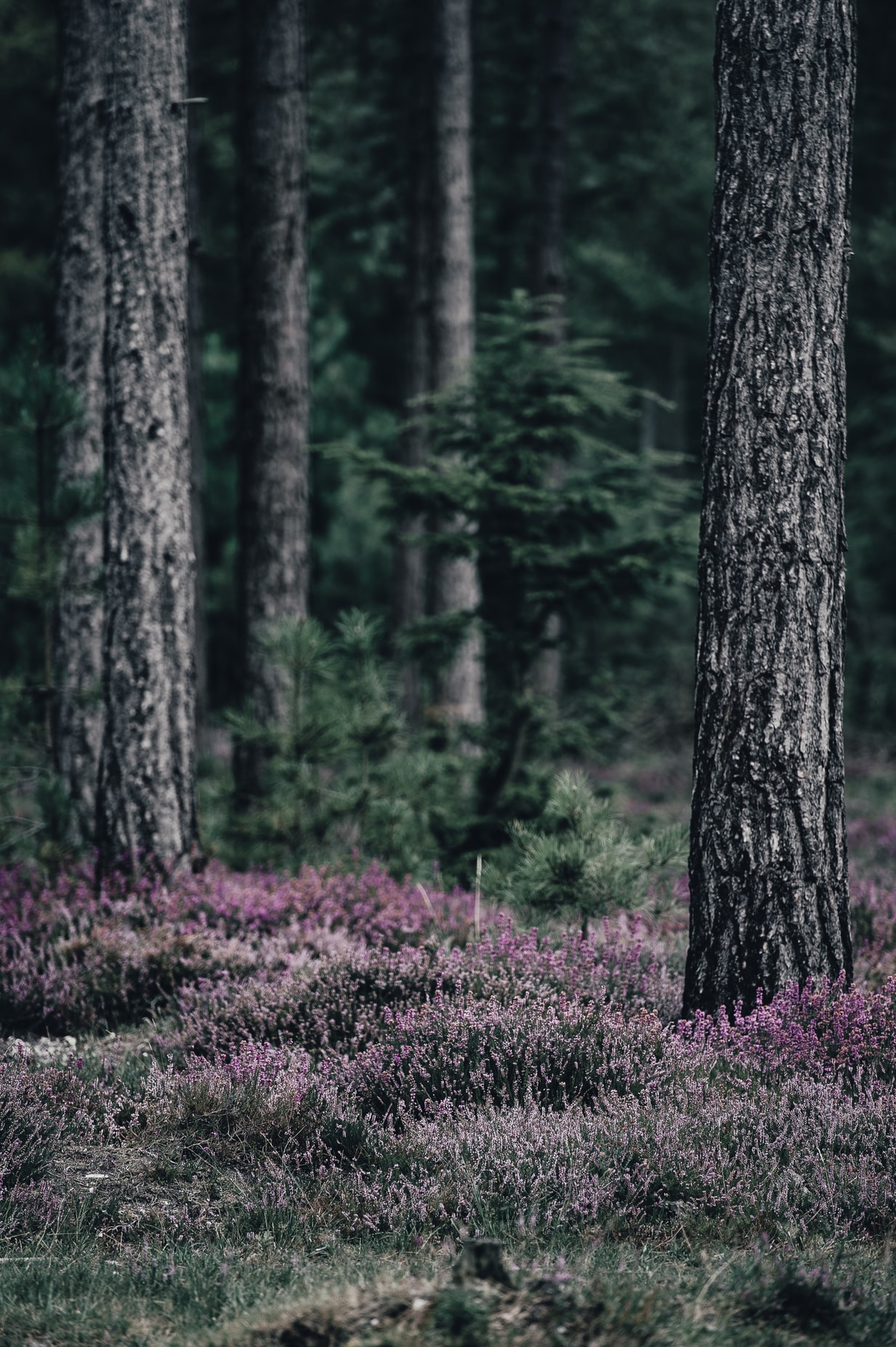
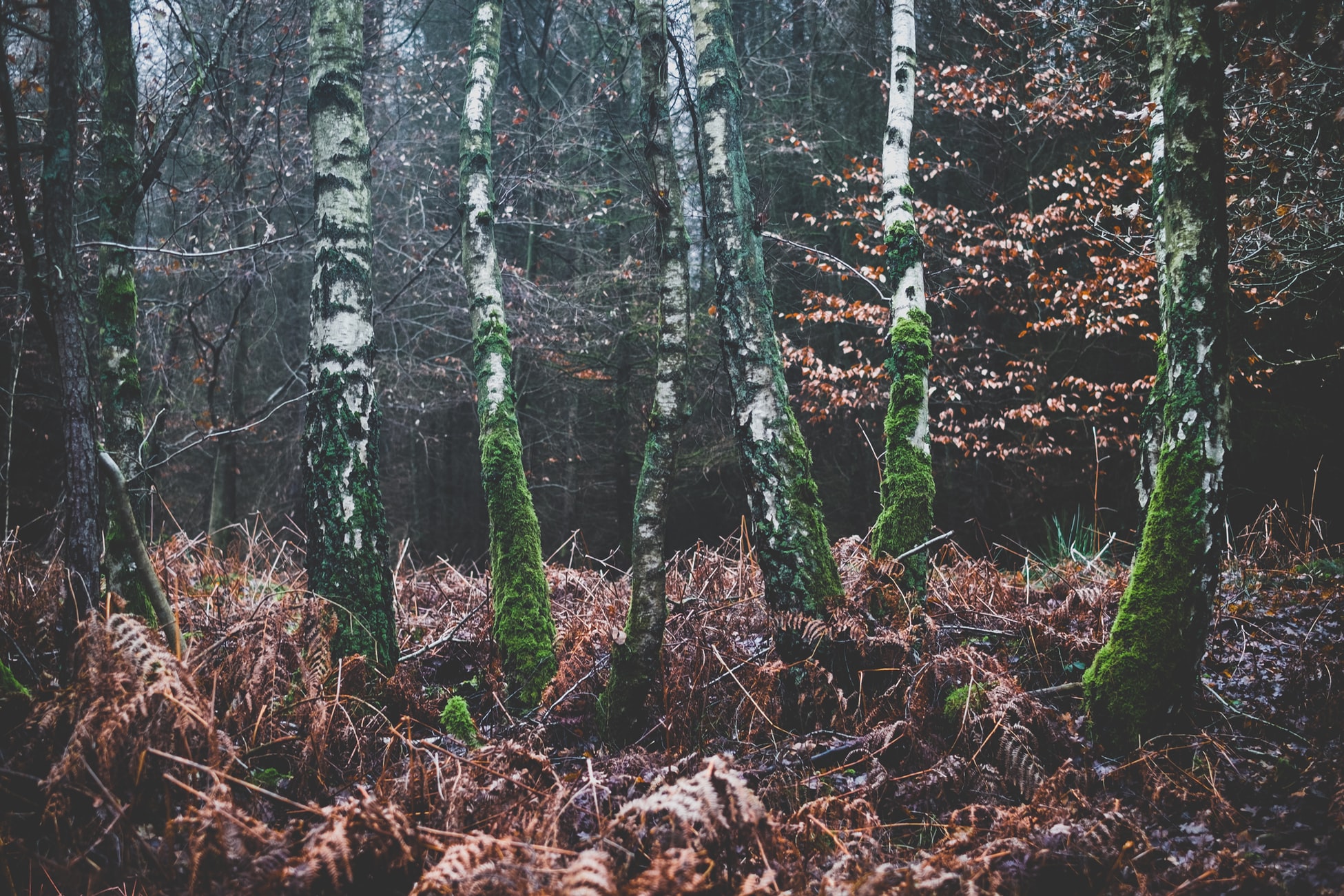
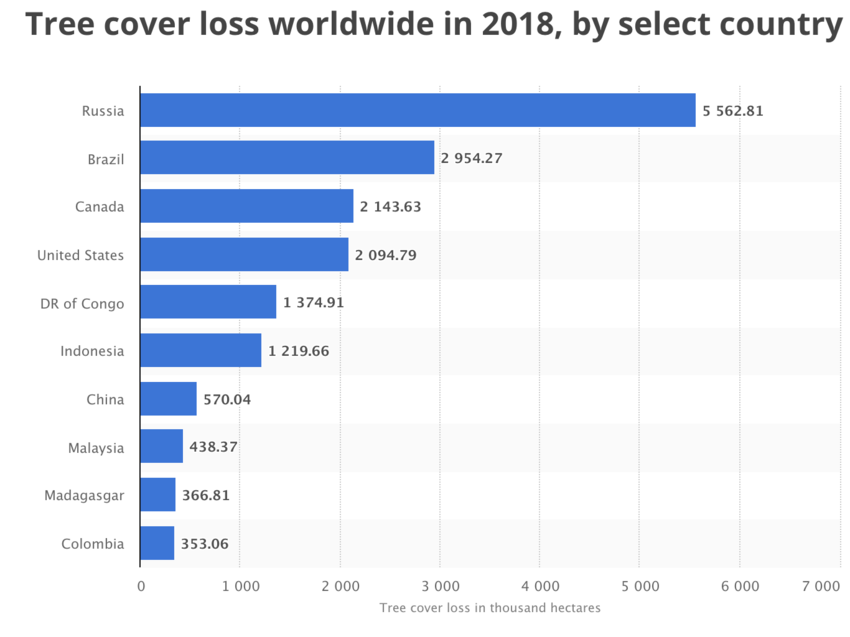
NASA REPORTS THE EARTH IS GETTING GREENER… THANKS TO CHINA AND INDIA
Over the last two decades, the Earth has seen an increase in foliage around the planet, measured in average leaf area per year on plants and trees. Data from NASA satellites shows that China and India are leading the increase in greening on land. The effect stems mainly from ambitious tree planting programs in China and intensive agriculture in both countries. Learn more.
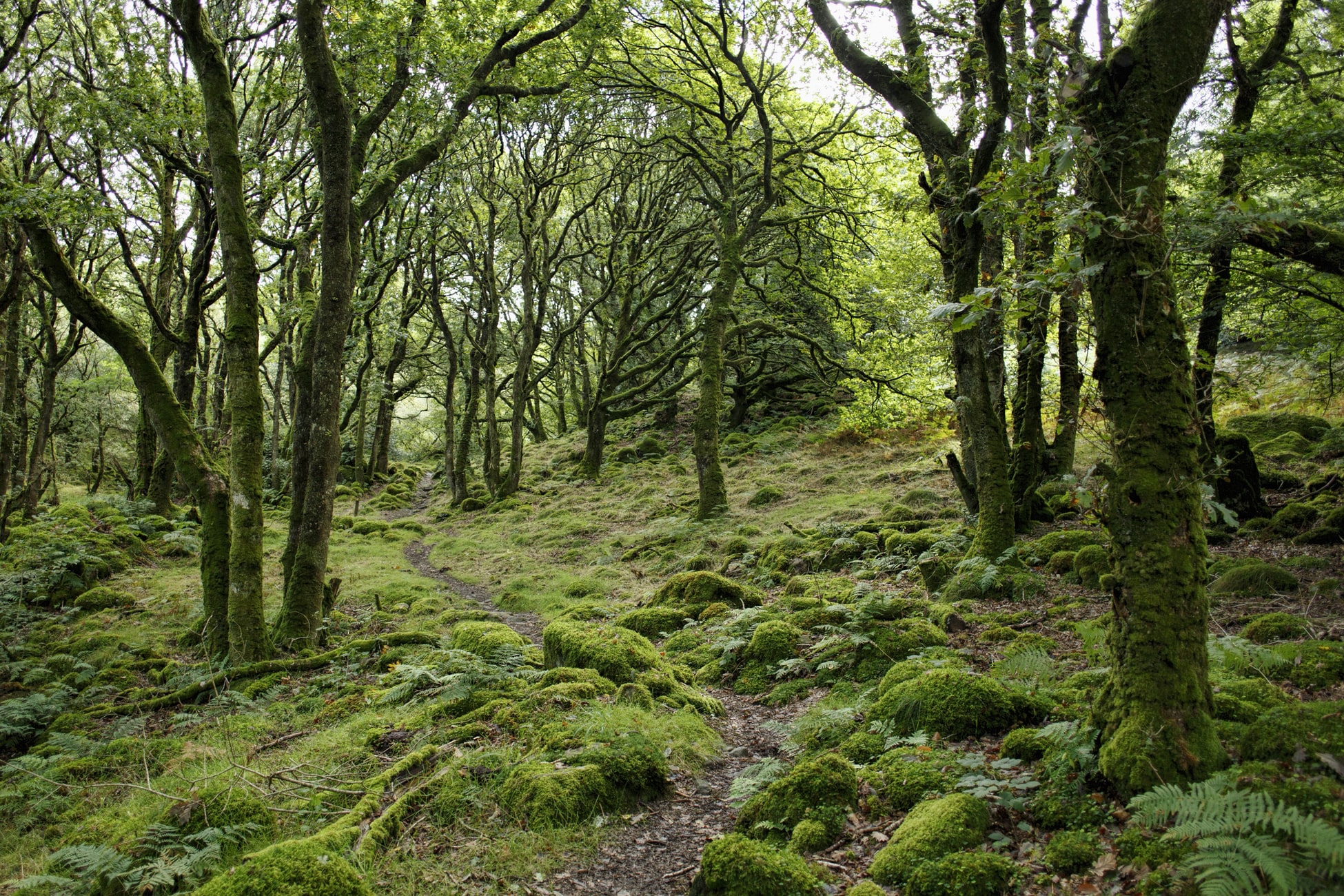
A step in the right direction
According to the World Wildlife Fund, we’re losing 18.7 million acres of forests each year — or 27 soccer fields every minute.
As forests disappear, the habitats of many species vanish with them. Around 80% of land-based species, including elephants and rhinos, are forest dwellers and face a growing threat from human activity.
In 2012, the World Economic Forum brought together more than 150 partners working in Latin America, West Africa, Central Africa and South-East Asia – to establish the Tropical Forest Alliance 2020: a global public-private partnership to tackle deforestation linked to the production of four commodities: palm oil, beef, soy, and pulp and paper.
The health of the planet is best served by protecting our forests from being cut down, and more needs to be done. But, alongside attempts to curb deforestation, initiatives that encourage the expansion of tree canopy represent a step in the right direction.
Source: WEF

